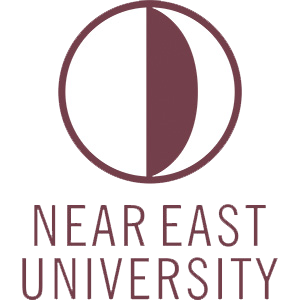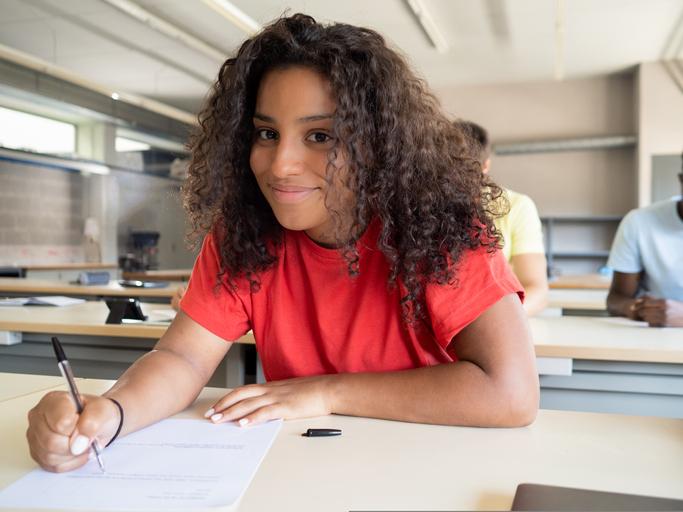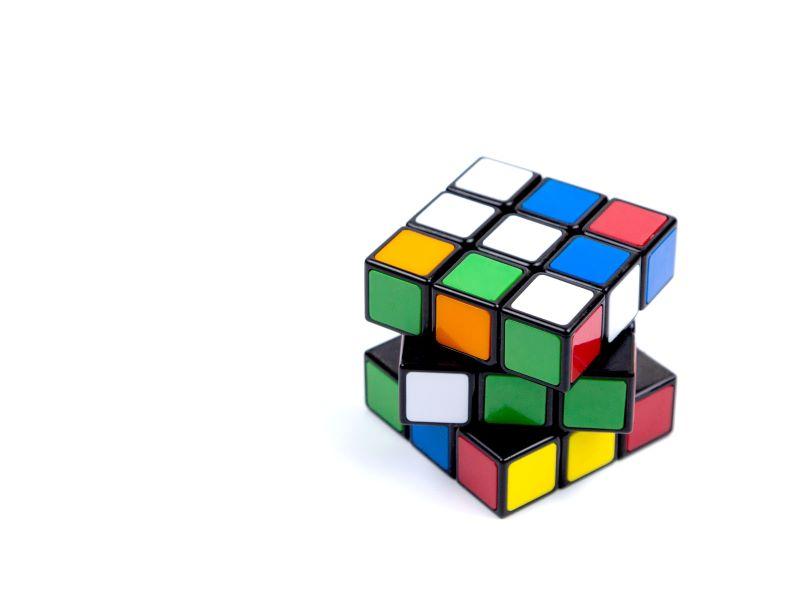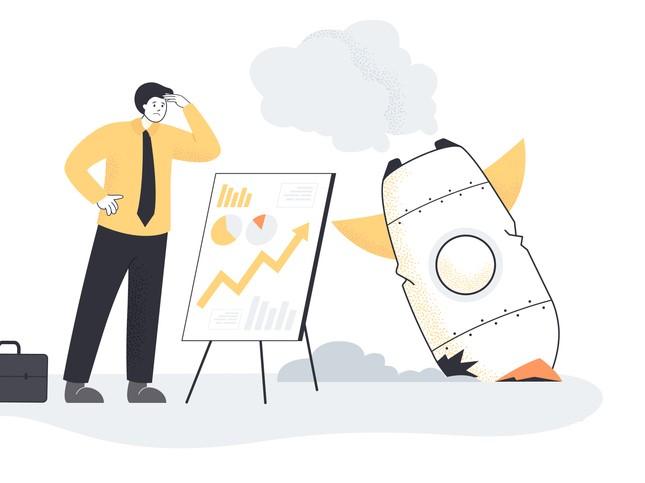
Embrace mistakes in your teaching and help your students learn from them
You may also like
As educators, we transfer our knowledge to students in lessons and then we expect to receive feedback through exams and projects. Most of the time, during our lectures, we communicate to our students about what is right and what should be done. The observations I made during my teaching led me to discover that encouraging students to make mistakes from time to time, especially during practical lessons, significantly contributed to the learning experience.
Making mistakes makes us feel like failures, so students tend to avoid making mistakes as much as possible. This is a habitual result of evaluating students’ success on the basis of what they can do. However, when we look at our lives, we can see that we learn the biggest lessons as a result of our mistakes. Proverbs such as “A burnt child dreads the fire”; “You learn from your mistakes”; “Trouble teaches more than advice” tell us that people can learn from their mistakes and that they will not repeat them when they encounter the same situation later. Making mistakes should be as acceptable for education as it is for our life experiences.
- Lessons for academics in resilience, persistence and coping with failure
- To build resilience, we need to embrace failure in the classroom and beyond
- Lead by example and share your failures
Courses on video editing, video journalism or design for journalism explain the principles of editing, interview techniques and video production to students, then they’re expected to correctly apply them in practice. This is what I was doing – I would ask students if they understood the course before they started to practise, and they would reassure me that everything was clear and understandable. But when I looked over their projects, it would be obvious that this was not the case.
As a teacher, the effort and time I spent conveying the information was wasted, and I was left questioning my teaching style.
This experience, and the thought process I went through, led me to the instructive power of making mistakes – just as many of us were told by our mothers at a young age that eating too much chocolate and sugar would give us a stomach-ache. Only when we’ve eaten too much dessert, and experienced the consequences, do we truly learn.
Make the first mistake yourself
Before I get to how I went about making the mistakes, there are a couple of points to cover. First, it was necessary to reassure the students that making mistakes is natural and acceptable in the process of gaining experience, because I could see that the fear of failure caused them to be hesitant about participating in the practices, resulting in their reluctance to take part in group work. It was very comforting for them to see that the teacher made the first mistake.
At this point, in-class practices start with the teacher making the first attempt. For example, while demonstrating a practical example for the editing class, I edited the images the wrong way, going against the known editing techniques. The result is visibly and clearly disruptive, in terms of its flow and continuity. Students can easily see this, the result of not following the theory they were taught, for themselves.
After this evaluation, I repeat the same practice the correct way. This provides the opportunity for comparison and allows students to come to their own conclusions about why technical rules and principles are important. Asking students to repeat this process, using first incorrect and then expected rules, helps consolidate knowledge. From this point on, the information given is no longer a theoretical concept, but is added to the knowledge vault as the student’s experience. This was exactly the result I achieved with this method. The projects in the midterm exams were, to my delight, much improved.
Make them jump in at the deep end
Another way I tried to use trial and error was to reverse the learning process. Instead of explaining the lesson to the students and expecting them to apply the given techniques, small homework assignments were given to the students before the subject was explained. At the first stage, the students would ask “how can I do it?”, and say “but I don’t know anything”, and they would only reluctantly agree to try.
The aim here is to ensure that students make as many mistakes as possible with their existing knowledge. Students’ anxiety is based on getting a low grade – here are a few different methods to overcome this.
Don’t grade the assignment at all; apply it only as in-class practice; or determine a symbolic percentage for the assignment, awarded to every student who participates. This can reassure students and allow them to get involved in the experience without worrying.
In addition, you should explain to the students that this practice aims to enrich their experience rather than evaluate their level of knowledge, that the grade received is only a number, and that it is not a measure of their knowledge and skills alone. Make sure they know that the theoretical knowledge gained from the courses taken throughout the university can make a difference when combined with experience, and that this is the factor that will distinguish them from other graduates competing for the same jobs as them and make them stand out when they start their professional lives.
After the students have been reassured, they complete their projects and bring them to the lesson. Then I give the lecture on that topic, and introduce them to the theoretical information on the subject and the methods and techniques to be applied. Following the lecture, we watch the projects in class together. The students can then evaluate each other’s projects in light of the knowledge they have acquired, and identify the mistakes and discuss how they can be corrected. Once they finish the peer review, I give them my feedback.
Teaching and learning is a dynamic process, not a static one. As educators, we transfer our knowledge to students. And it’s not only them who learn in the process – we learn as well. In my own journey, I’ve discovered how inspiring and instructive making mistakes can be, if carried out in a controlled, intentional way. The creativity it can spark could be invaluable.
Özen Çatal is the vice-chair of the department of journalism and the department of new media and communication and a lecturer at the Faculty of Communication at Near East University.
If you would like advice and insight from academics and university staff delivered direct to your inbox each week, sign up for the Campus newsletter.




